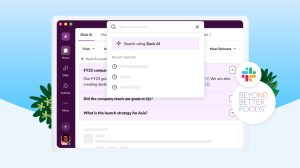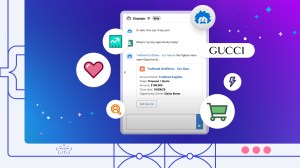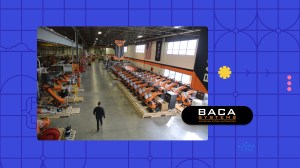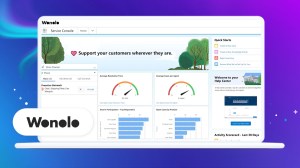How One of the Biggest Pizza Chains in the U.S. Found the Secret Sauce to Increase Customer Loyalty and Revenue
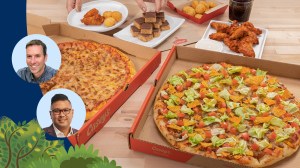



Sammy Spiegel
Quick take: A Midwest-focused convenience store retailer and pizza chain sets a shining example of what it means to be a customer company by using first-party data to build loyalty and more delicious – and valuable – relationships.
If you’ve traveled through the Midwest, there’s a good chance you’ve found yourself at one of the more than 2,400 Casey’s locations for the essentials: fuel, snacks, and maybe some groceries. Or maybe you live in the Midwest, in which case you’ve almost certainly found yourself craving Casey’s hand-made fresh pizza — it’s what makes the retailer a true institution in locals’ eyes.
Those pies have also helped the company become the fifth-largest pizza chain and third-largest convenience store retailer in the United States.
Despite 50 years of success, in 2018, Casey’s saw the world undergoing a massive digital transformation. So the team took that moment to ask themselves: How do we stay relevant and successful for the next 50 years?
“We knew that digital would be the first expression of our new contemporary brand,” said Art Sebastian, Casey’s VP of Experiences.
We talked to our guests [about what they wanted from a digital-first brand] and they told us they wanted a loyalty program, they wanted us to make it easier to order, and they said they wanted to engage with us.
Art Sebastian, VP of Experiences, Casey’s
At the time, Casey’s had a loyalty program that collected data, but it was scattered across disparate systems, and not fully utilized. That’s where Salesforce Customer 360 came in, and it has since transformed not just how the company organized their information, but what they could do with it.
Thanks in large part to Salesforce Genie Customer Data Cloud, Sebastian says he’s “sitting on probably one of the cleanest first-party data sets out of any of my peer sets in the industry.” Now, Casey’s can get hyper-personalized with their communications in real time — something that benefits customers as much as it does the retailer.
“Before this shift, we sent one message to 300,000 subscribers a month that said, ‘Hey, here’s the pizza promo,'” Sebastian explained. He then shared that last month, a total of 200 million customized messages were sent out across more than 5 million Loyalty program members, making sure guests stayed up-to-date on deals and sales that are relevant to their preferences.
It all happened through automation and tapping into treasured first-party data, resulting in the ability for Casey’s to “own it, unify it, and enrich it,” said Sebastian. “I think that is at the heart of what we do as marketers.”
Now, Casey’s has 13 million customer profiles in Genie Customer Data Cloud, over 150 profile attributes, and over 6 billion engagements captured in a single, unified record of each customer. That leads to truly personalized marketing, which is ultimately what customers are looking for nowadays, according to Salesforce’s State of Sales report.
“Two-thirds of consumers want to have a unique experience with a retailer, but on the other hand, only one-third of retailers can operationalize data to provide a personalized experience,” said Rob Garf, Salesforce’s VP and GM of Retail. “Consumers are looking for relevancy. They’re looking for convenience. The work we’re doing with Casey’s is a perfect example of how to manage and activate customer data to remove friction and drive loyalty.”
Automation fuels success now amid increasing customer expectations
As consumer expectations rise, so does the amount of work needed for retailers to deliver great experiences. For Casey’s, which has a small team of marketers, this was a potential hurdle.
“Retailers need to move really fast to accommodate ever changing consumer behavior, and it’s not just about attracting new customers. It’s also about retaining those loyal shoppers and doing it in an automated and agile fashion,” Garf said.
According to Salesforce data, 79% of people that leverage automation say using these tools increase their productivity*. Even the slightest upticks in productivity and conversion can positively impact the bottom line, especially when there’s a treasure trove of existing data and information within something like a loyalty program.
For Casey’s, pairing Salesforce automation tools with marketing programs delivered success without added labor costs.
-
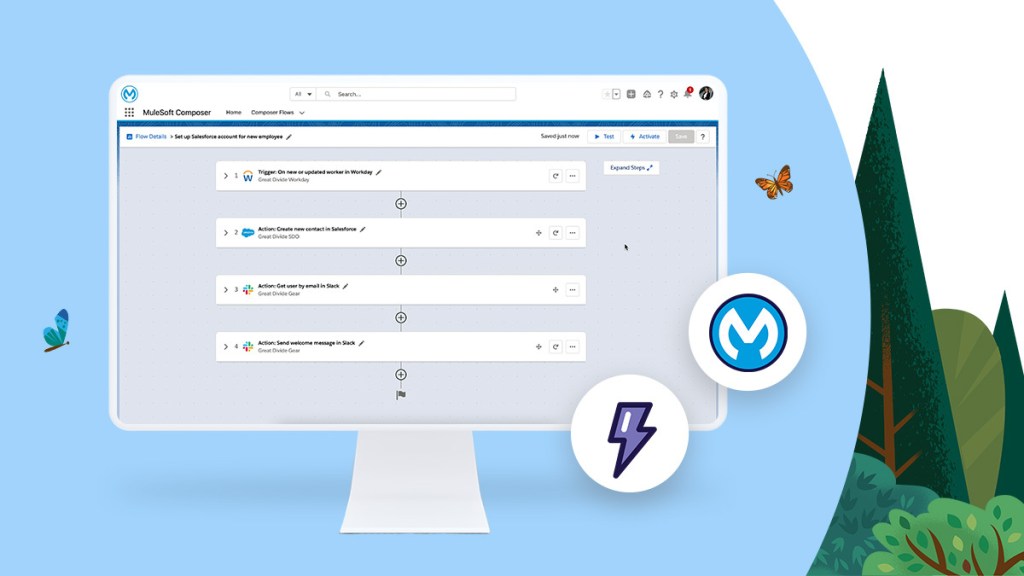
Salesforce Launches Automation Everywhere Bundle to Help Companies Lower Costs, Boost Productivity, and Deliver Success Now
-
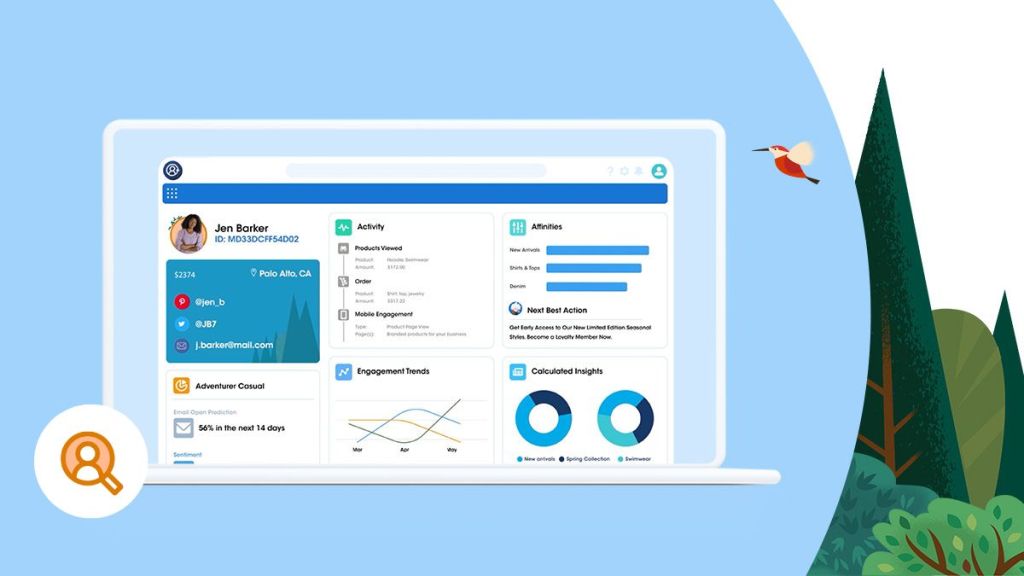
Salesforce Launches New Marketing Effectiveness Bundle to Help Companies Reduce Costs and Deliver Success Now
-
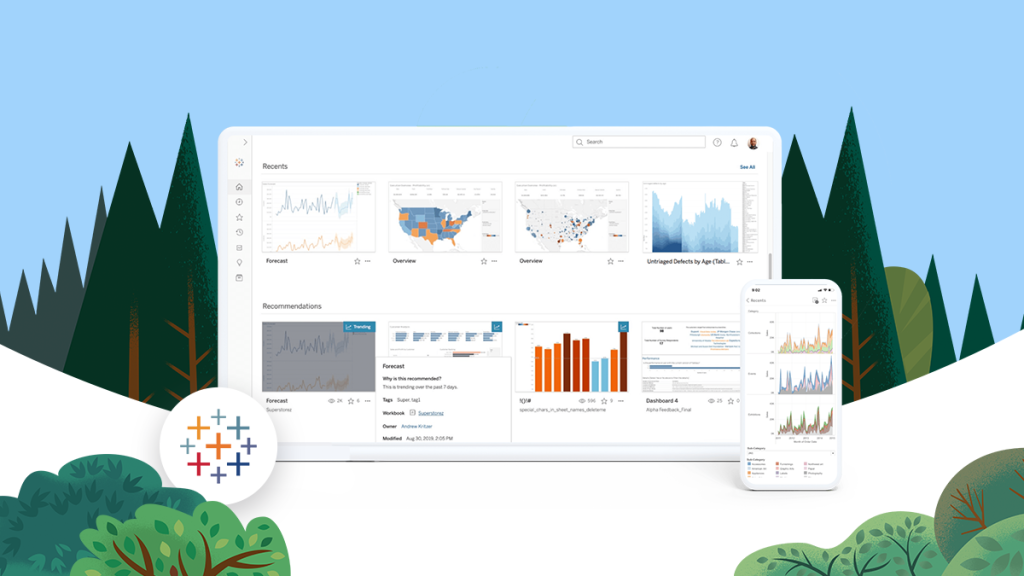
Salesforce Launches Analytics Bundle to Help Customers Increase Efficiency with Tableau and Achieve Success Now
-
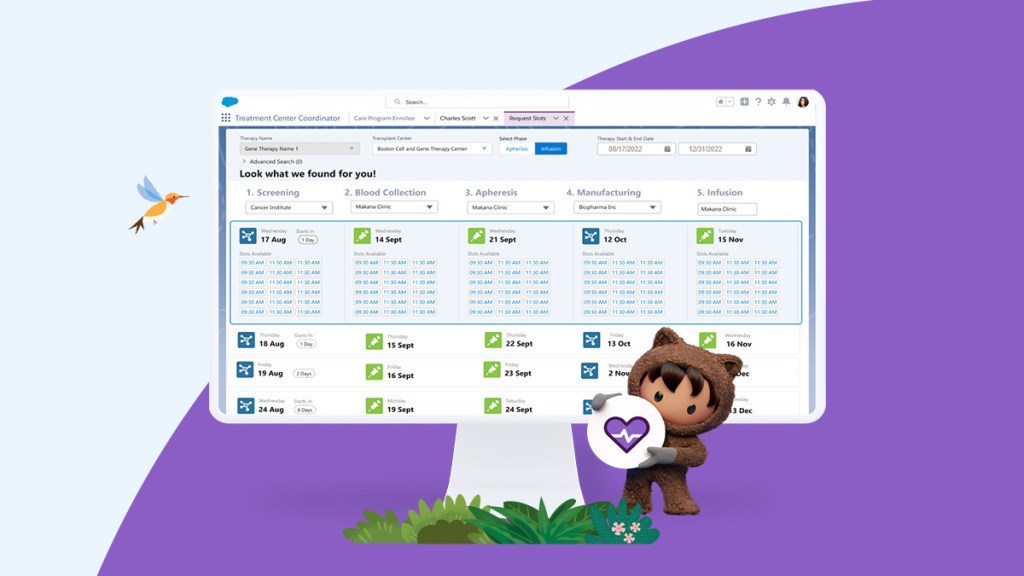
Salesforce Announces Patient 360 for Health Innovations to Help Lower Costs and Deliver More Efficient Care for Patient Success Now
They’ve also been able to scale their efforts at a staggering pace. With each message sent and every loyalty purchase made, the data just keeps refining and compounding, making personalization both easier and more efficient.
“It’s important for us to make our guests aware of the right deals, not spam them with every available promotion,” Sebastian said. “Part of what we’ve been able to do with the Customer Data Platform is segment guests based on all kinds of behavior attributes.”
For example, maybe Tuesday is pizza night in your house, and you’re more likely to buy when there’s a buy-one-get-one deal. Perhaps you’re a sausage savant and the Casey’s Meat Galore pizza is a staple order for you when it’s on special. Those deals make their way to your individual app or inbox with the help of Salesforce. And, what Casey’s has seen is when deals and promotions go from blanket to bespoke, those happy customers now help fuel the bottom line. Today, Casey’s attributes a full 30% of its digital revenue to marketing channels activated through Salesforce.
We’ve seen that by messaging our guests, the revenue is growing. Another piece [of revenue] that is very tangible is our rewards members who subscribe to messaging. We’ve increased the percentage of transactions in our stores tied to rewards, and we’re just under 40% of all transactions at Casey’s having our loyalty attached.
Art Sebastian, VP of Experiences, Casey’s
“When I describe the things we do to other companies, they think we have an army of a million marketers,” he laughed.
But really, Sebastian explained, that the “army” is just great data that’s well organized, and using it with the help of the right partners and automation technology.
Casey’s becomes a customer company
Garf believes the one crucial element to Casey’s success – or any company’s success when marketing this way – is to remember that it’s people who inform the data and receive your marketing campaigns.
It’s not about removing the people from the equation, but it’s actually humanizing the people and experience in this digital world.
Rob Garf, VP and GM of Retail, Salesforce
It’s also about the people you work with. Growing revenue, a 1,500% increase in subscribers, 200 million messages a month. Casey’s revenue results are there, and how it happened is clear for Sebastian.
“Any time people ask me for advice on how to set up an efficient and cost effective business,” Sebastian said, “I advise them to find the right partners. Working with Salesforce, we are accelerating our marketing impact in a measured and cost efficient way.”
Go deeper:
- Read how real-time data is transforming the retail world here.
- Find out how CDPs are helping companies navigate the data deluge here.
- Go in-depth with Salesforce Genie Customer Data Cloud.
* Source: 2022 Salesforce Success Metrics Global Highlights study.
Data is from a survey of 3,706 Salesforce customers across the US, Canada, the UK, Germany, France, Australia, India, Singapore, Japan and Brazil conducted between June 8 and June 21, 2022. Results were aggregated to determine average perceived customer value from the use of Salesforce. Respondents were sourced and verified through a third-party B2B panel. Sample sizes may vary across metrics.
